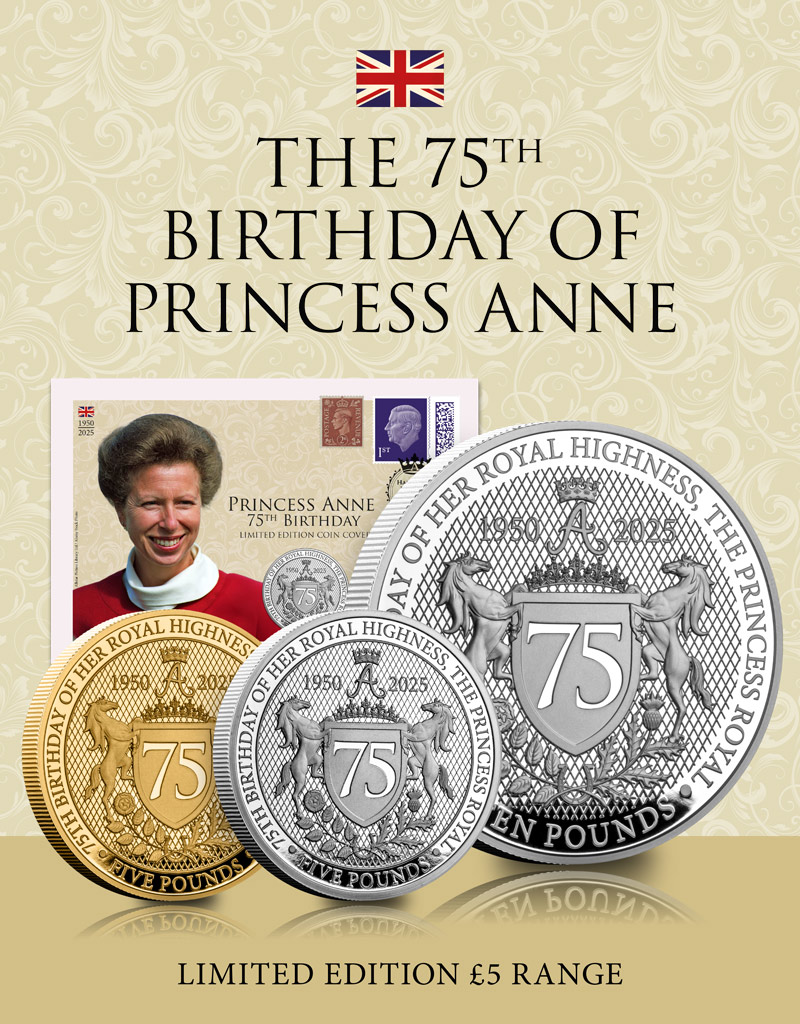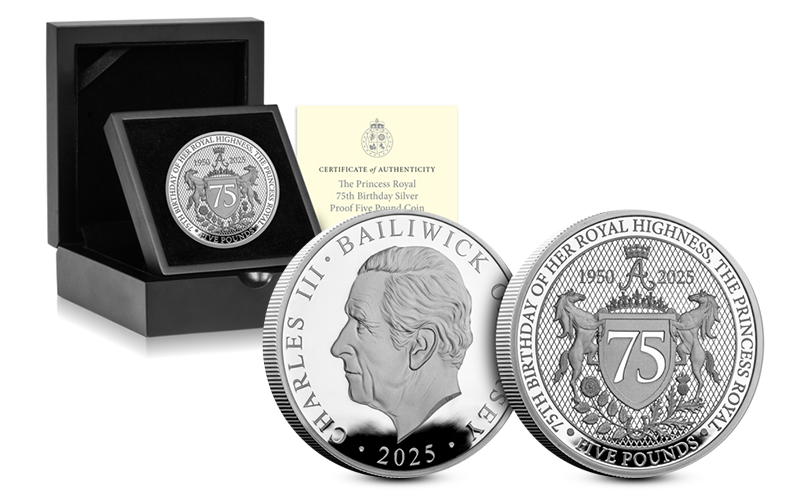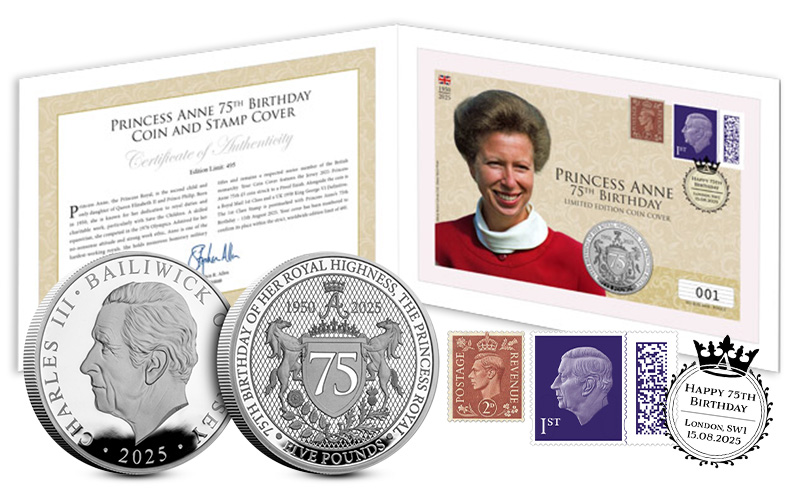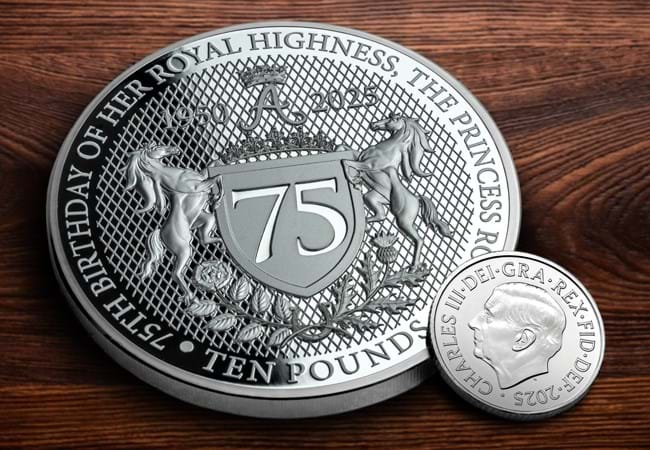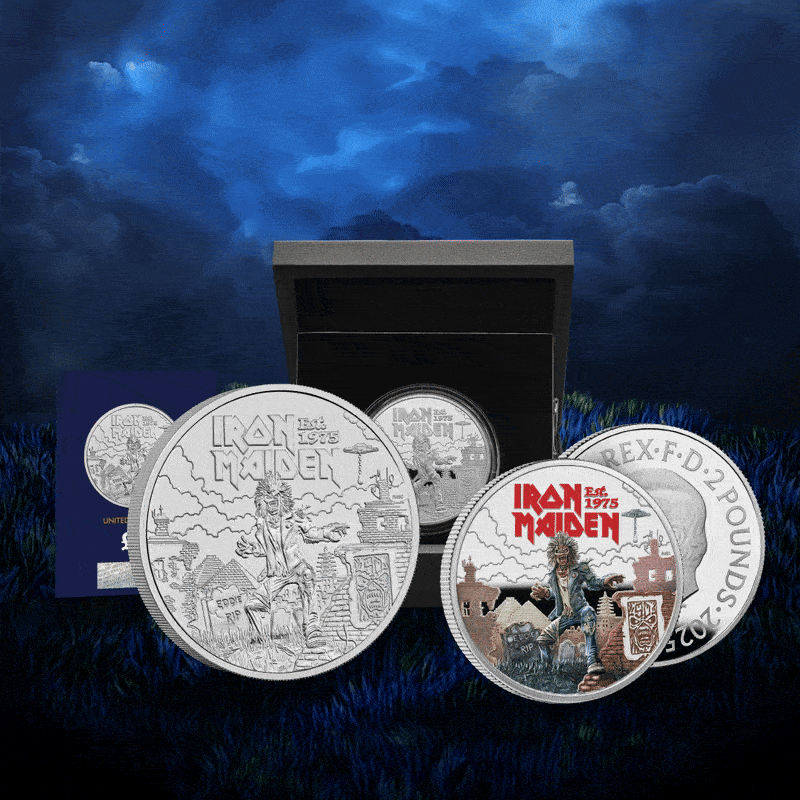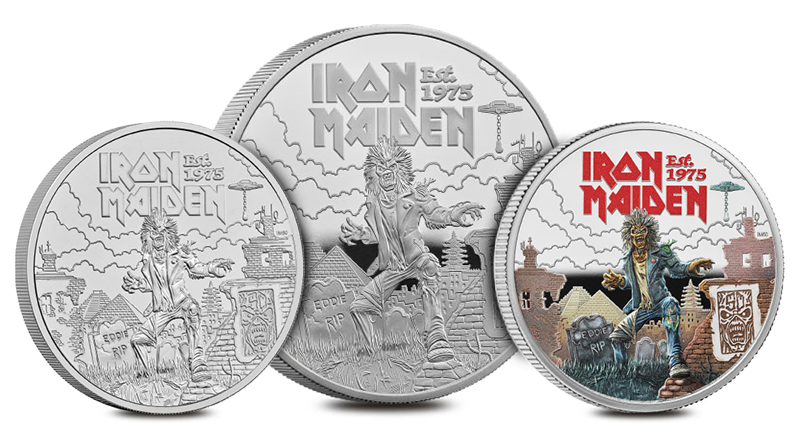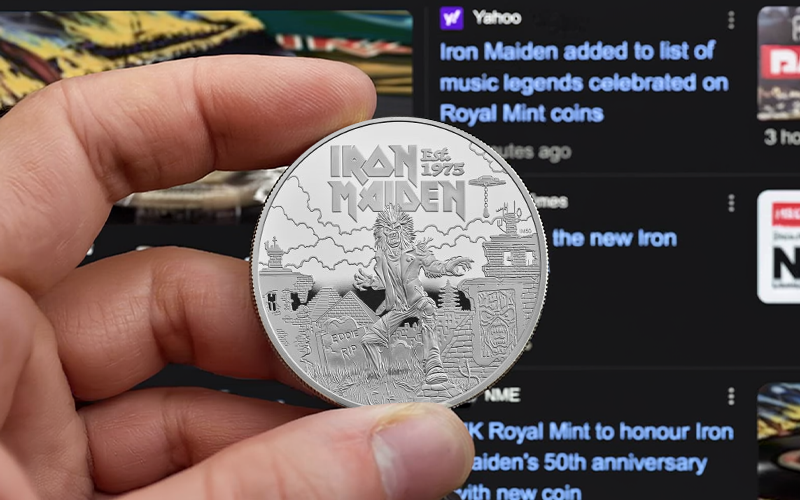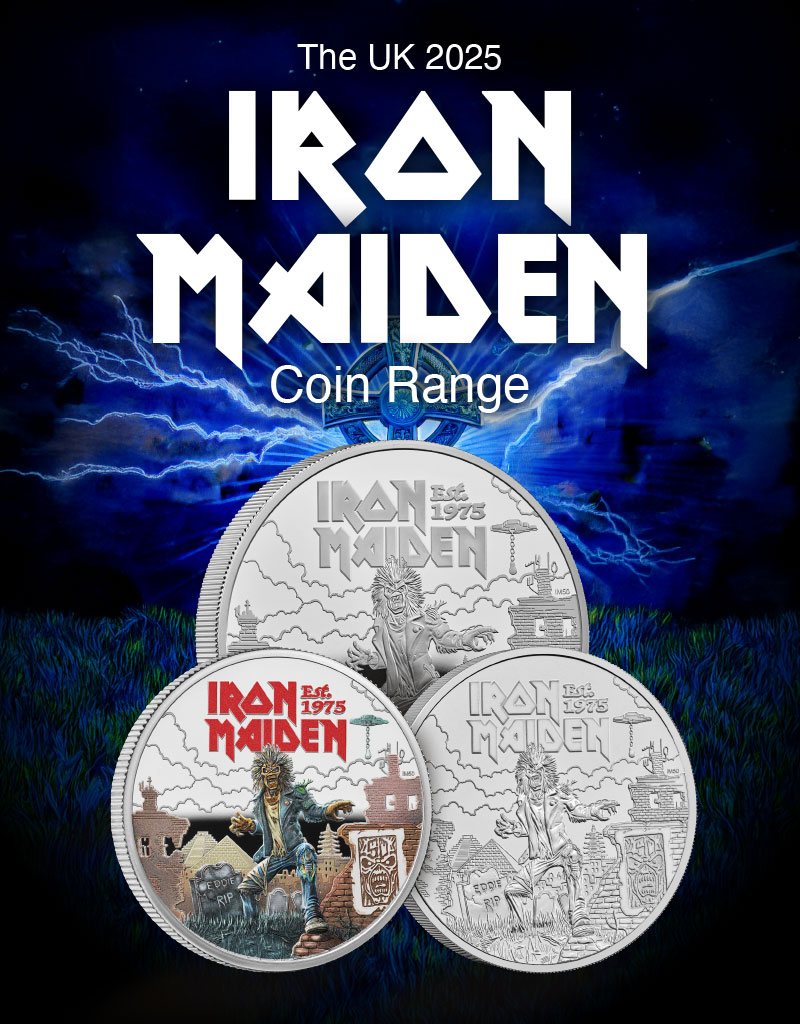Uncategorised
Commemorating Courage: The Battle of Britain Coin Range
In the summer of 1940, the skies above Britain became the front line of one of the most defining moments in modern history—the Battle of Britain. As Nazi Germany launched its relentless aerial assault, it was a group of young Royal Air Force pilots, many barely out of their teens, who stood as Britain’s last line of defence.
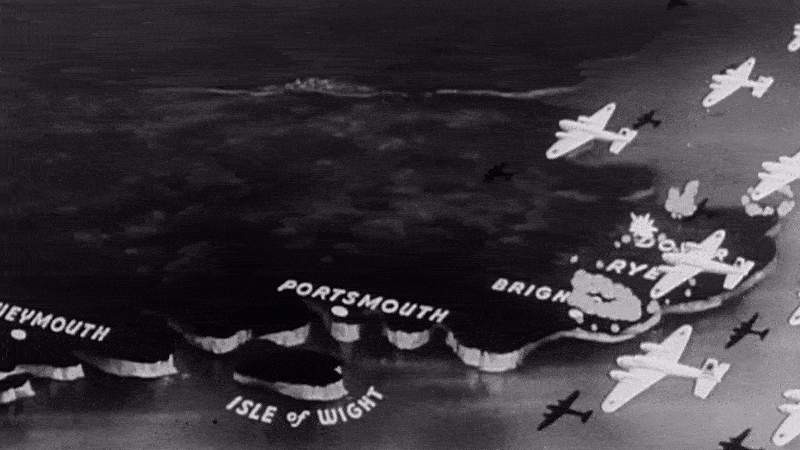
Against impossible odds, these brave men—later immortalised by Winston Churchill as “The Few”—repelled the Luftwaffe and changed the course of the Second World War. Their courage, determination, and sacrifice remain a source of national pride and international admiration to this day.
85 Years Later: Honouring a Nation’s Finest Hour
This year marks the 85th anniversary of the Battle of Britain. To commemorate this momentous occasion, a new range of limited edition coins has been released, celebrating both the heroism of the RAF and the historical legacy of the battle itself.
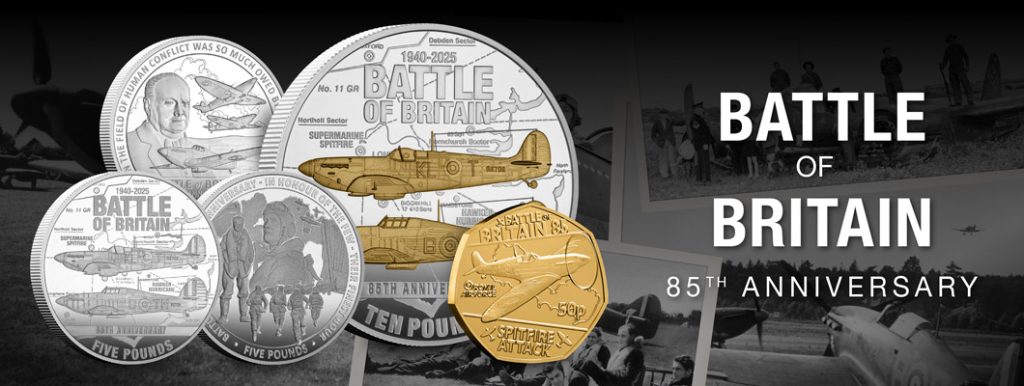
More than just currency, these coins are miniature works of art—crafted with exceptional detail, officially licensed by the RAF, and struck to the highest collector standards.
Here are three standout releases in the new commemorative range:
🔷 The Official RAF Battle of Britain 85th Silver 50p Set

Limited to just 450 worldwide, this exclusive set includes five silver 50p coins, each one illustrating a key scene from the battle. From the iconic Spitfires soaring in formation to the resilience of those on the home front, this set offers a complete narrative in precious metal.
👉 Explore the 50p Silver Set
🔷 The Battle of Britain 85th Anniversary Silver 5oz 50p – Special Edition
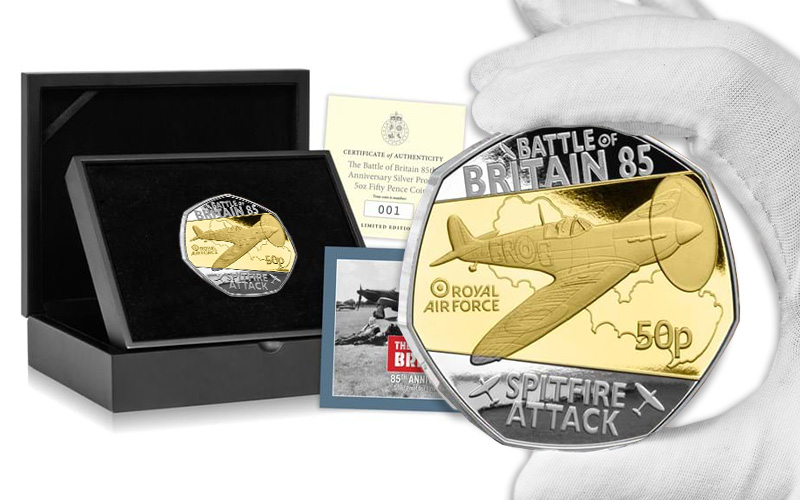
Crafted from a substantial 5oz of Pure Silver, and finished with selective 24-carat gold plating, this stunning large-format coin is limited to just 200 pieces worldwide. A commanding tribute to one of history’s greatest aerial battles.
👉 See the 5oz Special Edition
🔷 The Battle of Britain Silver Proof £5 Set
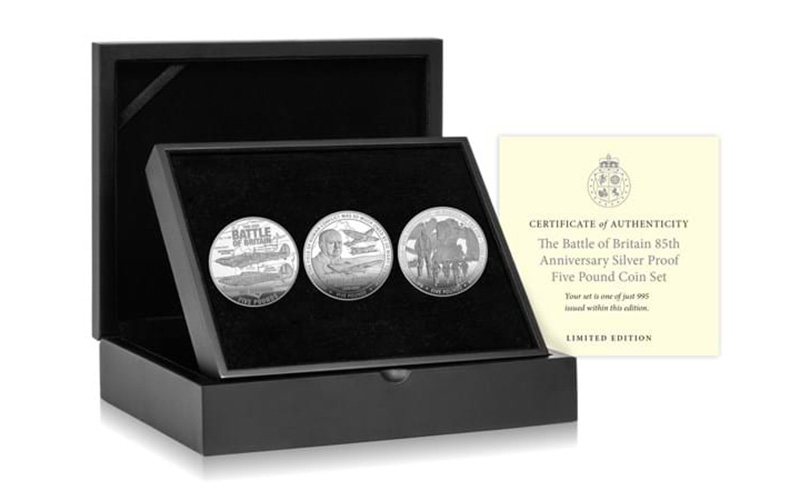
Struck in pristine silver proof quality, this set combines timeless coin artistry with a heartfelt tribute to “The Few”. It’s the perfect way to mark this historic anniversary.
👉 Discover the £5 Silver Set
Preserve History in Your Hands
Whether you’re a lifelong collector or simply someone who appreciates British history, the Battle of Britain 85th Anniversary Coin Range is a powerful way to honour the heroes of 1940. These editions are strictly limited and expected to sell out quickly.

Princess Anne’s 75th Birthday Coin Range
In 2025, Her Royal Highness The Princess Royal—Princess Anne—celebrates her 75th birthday, marking an extraordinary milestone in royal service and personal dedication. To honour this rare occasion, an exquisite new coin has been issued, and it holds a particularly special distinction: this is the first time Princess Anne has ever been commemorated on a Jersey coin.
A Rare Commemorative Honour
Princess Anne’s presence on commemorative coinage has been notably limited over the decades. Aside from a few birthday issues by foreign mints and a 1973 coin celebrating her wedding, she has rarely been the focus of a significant numismatic release—making this new tribute not only timely, but historic.
Explore the design dedicated to The Princess Royal
The coin’s design is steeped in symbolism and elegance. At its centre stands a bold “75” on a shield, representing her milestone birthday. Heraldic horses flank the shield, a nod to her strength and celebrated equestrian career. Above, the Festoon Tiara—one she has worn on numerous state occasions—adds a regal, personal touch.
Floral embellishments surround the tiara, evoking delicacy and dignity, while the upper edge bears “1950” and “2025”, framing her life’s journey in two defining years. Encircling it all is an intricate botanical wreath with roses, thistles, and native flora to symbolise the unity of the UK.
On the rim, the elegant inscription reads:
“75th Birthday of Her Royal Highness, The Princess Royal”,
alongside the official denomination, “Five Pounds”.
Available in a range of different specifications
This commemorative issue is offered in exclusive specifications, each telling the story of Princess Anne’s royal legacy in its own unique way:
Silver Proof £5 Coin – An Heirloom in the Making
A royal milestone of such significance deserves an equally exceptional tribute.
To honour Princess Anne’s 75th birthday, this Silver Proof £5 Coin has been officially released in an edition of just 150 coins for UK collectors. Struck from Sterling Silver to the highest Proof standard, each coin is:
- Presented in a deluxe display case
- Accompanied by a Certificate of Authenticity
- Available for just £25 today, followed by four monthly payments of £25
This is more than a collector’s item—it is a lasting keepsake of a truly remarkable royal figure. With such a limited allocation, demand is expected to outstrip supply quickly.
Presentation Coin Cover – Royal Commemoration Meets Postal History
To further celebrate the occasion, a distinguished Presentation Cover has also been issued. It brings together royal coinage and rare philately in a tribute that connects the past and present:
- The Jersey 2025 £5 Coin, in flawless Proof finish
- A Royal Mail 1st Class stamp, postmarked 15th August 2025—Princess Anne’s birthday
- An original 1950 King George VI stamp, from the year of her birth
This rare combination of royal symbolism and vintage authenticity makes it a standout collectible. Limited to just 495 worldwide, each individually numbered and beautifully packaged with a Certificate of Authenticity.
Available now for £34.99 (+p&p) exclusively from The Westminster Collection.
5oz PURE SILVER: A Prestigious Royal Tribute
To mark Princess Anne’s 75th birthday in truly elite fashion, a 5oz Silver Proof Coin has also been released—crafted for discerning collectors seeking a statement piece of royal heritage.
This grand-format issue is:
- Struck from 5oz of pure silver
- Presented in a luxury display case
- Accompanied by an individually numbered Certificate of Authenticity
- Officially approved and issued by Jersey
Out of the limited mintage, just 65 coins are available for UK collectors, making this one of the most exclusive royal commemoratives issued this year. With its substantial size and exquisite detail, this coin is a centrepiece worthy of the occasion.
Don’t Miss Out
With very limited editions available worldwide, all issues are expected to sell out quickly. Whether you’re adding to a royal collection or commemorating Princess Anne’s lifetime of service, these pieces offer a fitting and lasting tribute.
Secure yours today before they’re gone forever.
Iron Maiden’s UK Coin Range
50 years. Over 100 million albums sold. And now… their very own UK coin.
For the very first time, the legendary British heavy metal band Iron Maiden has been honoured on an official UK coin range. This marks the latest release in The Royal Mint’s hugely popular Music Legends series – and collectors are already racing to secure theirs.

The First-Ever UK Coins to Feature Iron Maiden
Iron Maiden is one of the most influential rock bands in music history, known for their explosive performances, iconic mascot Eddie, and genre-defining sound. Now, their legacy is being celebrated in true numismatic style.
The designs span across Brilliant Uncirculated, Silver Proof 1oz and Silver Proof 5oz, all officially approved and struck by The Royal Mint.
Each coin brings Eddie to life with electric energy – whether it’s storming the stage, soaring across fantasy realms, or wielding an axe in full metal glory.
Exclusive Artwork by Iron Maiden’s Official Illustrator
The coins feature original artwork created by Iron Maiden’s long-time illustrator Alberto ‘Akirant’ Quirantes – giving these coins a rare edge over typical commemoratives. It’s more than a tribute – It’s a collectible masterclass in design, approved by the band themselves.
From the layered detail on the £5 coin to the coloured Silver Proof that show Eddie in all his animated menace, it’s clear these coins have been crafted with real attention to detail – capturing the spirit of Iron Maiden in every strike.
The new Iron Maiden £5 coin hasn’t just caught the eye of collectors – it’s made national headlines, with coverage from the BBC, MetalTalk, and Radio Times celebrating its launch. This surge of media attention has driven demand through the roof, as coin enthusiasts and heavy metal fans alike rush to secure theirs.
Strictly Limited Editions
Here’s where it gets even more exciting.
Each version has been struck to a highly limited edition:
Only 3,500 1oz Silver Proof coins
Just 175 of the 5oz Silver Proof coins – For context, The Who 5oz Silver Proof Coin – with an edition limit of 500 – sold out entirely.
That means thousands of collectors and Iron Maiden fans could miss out.

A Must-Have for Any Music Collector
With past Music Legends coins for bands like Queen and The Rolling Stones selling out in days, it’s clear that demand is at an all-time high.
But Iron Maiden is a class apart.
Their influence reaches beyond music – into art, fashion, gaming, and pop culture. And now, for the first time ever, they’ve got a UK coin to match their monumental legacy.


